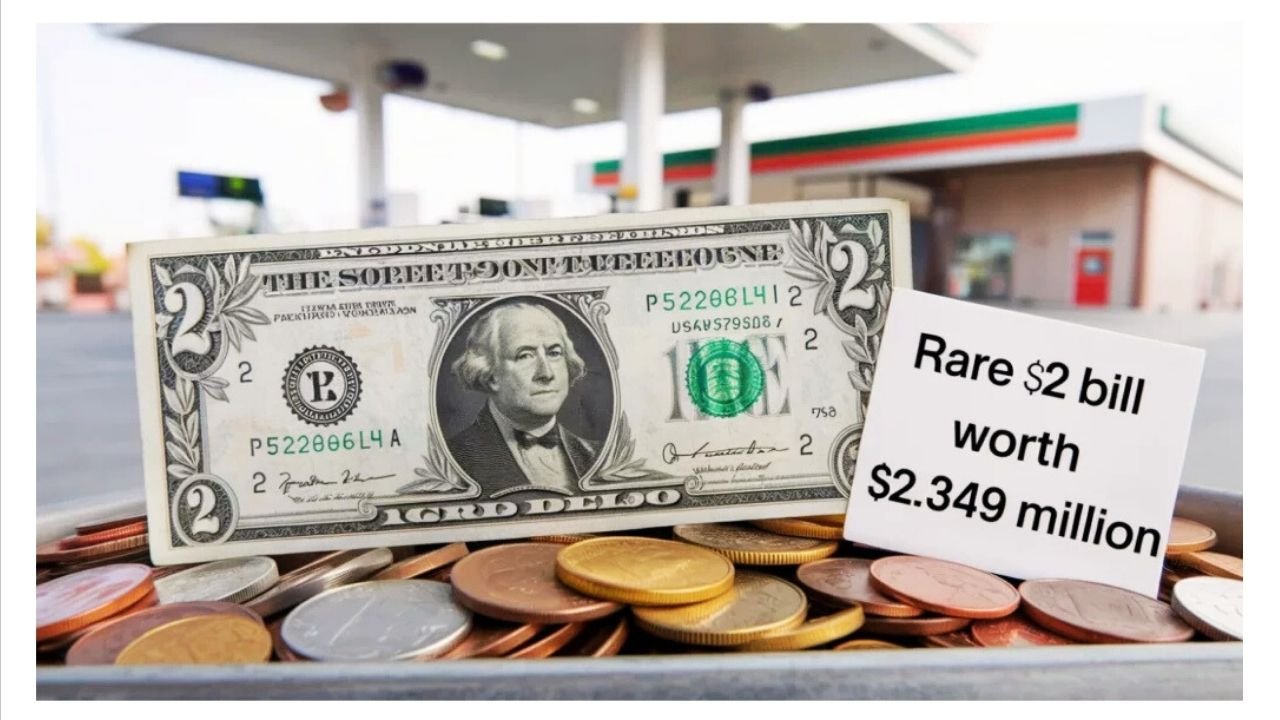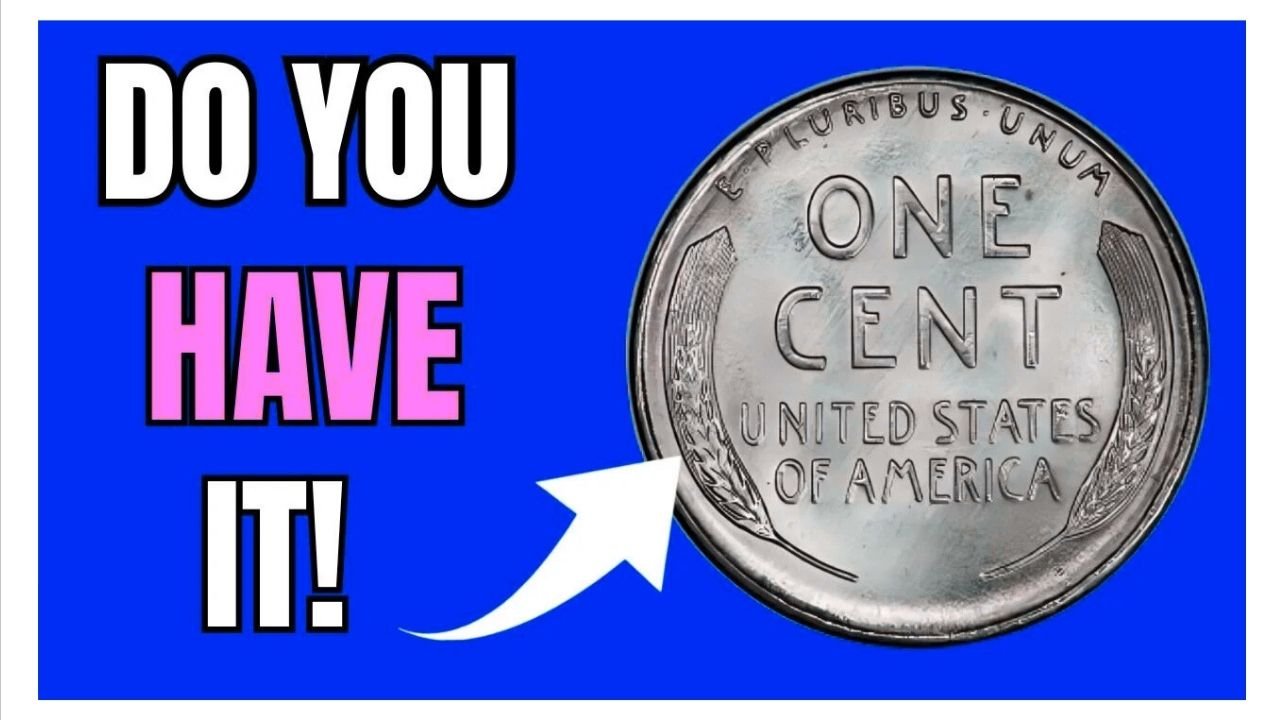8 Rare Bicentennial Quarter Coins: A seemingly ordinary piece of pocket change could turn out to be a multimillion-dollar treasure. That’s the growing sentiment among collectors and curious Americans as numismatists report the existence of eight rare Bicentennial quarter coins still believed to be in circulation, each one carrying an estimated value of $270 million.
The notion that a single quarter — a 25-cent coin — could be worth more than most luxury homes may sound far-fetched, but the story behind these rare coins is deeply rooted in American history, error minting, and the explosive rise of collectible coin markets. 8 Rare Bicentennial Quarter Coins
Why Are Bicentennial Quarters Special?
8 Rare Bicentennial Quarter Coins: In 1976, the United States Mint released a series of commemorative coins to celebrate the 200th anniversary of American independence. The Bicentennial Quarter, minted between 1975 and 1976, featured a special reverse design showing a Colonial drummer and a torch surrounded by 13 stars, replacing the traditional eagle.
While over 1.6 billion Bicentennial quarters were produced, making them common in circulation, a tiny number were struck under highly unusual conditions — using incorrect dies, on the wrong planchets, or with rare metal compositions — rendering them astronomically valuable today.
What Makes These 8 Quarters Worth $270 Million Each?
According to leading numismatic experts, the eight quarters in question share a combination of rare features: 8 Rare Bicentennial Quarter Coins
| Feature | Description |
|---|---|
| Double Die Error | A striking error where the coin design appears doubled, most visible on the date and lettering. |
| Off-Metal Strike | Struck on 90% silver planchets or experimental composite materials instead of the standard clad copper-nickel. |
| Proof Strike in Circulation | Minted using proof dies (meant for collectors) but accidentally released into circulation. |
| Mint Mark Anomalies | Rare combinations such as a 1976-S (San Francisco) with features intended for the Philadelphia Mint. |
| Uncirculated Condition | Despite being in circulation, these coins show almost no wear — a highly improbable scenario. |
Each coin ticks multiple boxes from this list, which is why collectors and appraisers peg their value in the hundreds of millions of dollars — driven not just by scarcity, but also by historical significance and global market demand.
The 8 Bicentennial Quarters: Known Details
Although their exact whereabouts remain unknown, here’s what collectors have gathered so far:
| Coin No. | Year | Mint Mark | Known Errors | Estimated Value |
|---|---|---|---|---|
| 1 | 1976 | S | Silver Planchet, Double Die | $270 million |
| 2 | 1976 | P | Off-Center Strike, Proof Die | $270 million |
| 3 | 1976 | D | No Mint Mark, Silver Error | $270 million |
| 4 | 1976 | S | Mirror Finish, Wrong Planchet | $270 million |
| 5 | 1976 | P | Double Denomination Error | $270 million |
| 6 | 1976 | D | Reverse Die Misalignment | $270 million |
| 7 | 1976 | S | Missing Edge Reed, Full Strike | $270 million |
| 8 | 1976 | P | Triple Die Obverse | $270 million |
These coins are believed to have been unintentionally released during transition runs or experimental minting. As of now, none of the eight coins have been officially authenticated or auctioned, which only increases the mystique — and the reward for lucky finders.
How to Check If You Have One
If you’ve ever come across a Bicentennial quarter in your change jar, it might be time to give it a second look. Here’s how to check:
Step-by-Step Guide:
-
Inspect the Year: All Bicentennial quarters should read “1776–1976” instead of a single year.
-
Look at the Mint Mark: Located to the right of Washington’s ponytail — check for unusual combinations or missing marks.
-
Check for Doubling: Especially on the “IN GOD WE TRUST” and “UNITED STATES OF AMERICA” text.
-
Use a Magnifying Glass: Look for signs of misalignment, off-center striking, or unique surface finishes.
-
Weigh the Coin: A silver planchet quarter should weigh around 6.25 grams, heavier than the typical 5.67 grams.
-
Seek Professional Appraisal: If your coin seems unusual, get it graded by PCGS or NGC, the two leading coin authentication services.
The Exploding Market for Rare U.S. Coins
In the last decade, interest in rare coin collecting has skyrocketed, with major auction houses like Heritage Auctions and Stack’s Bowers reporting record-breaking sales.
Some examples include:
| Coin | Sale Price | Auction Year |
|---|---|---|
| 1794 Flowing Hair Dollar | $10 million | 2013 |
| 1933 Saint-Gaudens Double Eagle | $18.9 million | 2021 |
| 1913 Liberty Head Nickel | $4.56 million | 2018 |
| 1804 Draped Bust Dollar | $7.68 million | 2021 |
If authenticated, each of the eight Bicentennial error quarters could shatter all previous records, becoming the most valuable U.S. coins ever sold.
Why No One Has Found Them (Yet)
Despite news swirling about their existence, none of the eight rare Bicentennial quarters have publicly surfaced. Experts believe this is because:
-
They’re sitting unnoticed in a personal collection, assumed to be ordinary.
-
People don’t recognize errors or dismiss flaws as damage.
-
They were spent decades ago, hiding in forgotten drawers, piggy banks, or old coin rolls.
-
Estate collections might unknowingly hold them, waiting to be discovered.
The U.S. Mint has neither confirmed nor denied the release of such error coins, further fueling the speculation and legend surrounding them.
What Should You Do If You Think You Have One?
Finding one of these coins would instantly change your financial future. Here’s what experts suggest if you believe you’ve struck gold:
-
Do Not Clean the Coin – Cleaning can reduce value dramatically.
-
Store It Safely – Use a coin holder or protective case.
-
Get It Graded – Use certified grading services for authentication.
-
Contact Auction Houses – Reputable auctioneers can market and sell your coin to high-end buyers.
-
Consult a Lawyer or Tax Advisor – At $270 million, taxes and legal protection are crucial.
Real Collectors Speak Out
We spoke to two seasoned coin collectors who shared their insights:
“I’ve been searching through rolls of quarters for 20 years, and the Bicentennial ones always get a second look now. It’s like a real-life lottery ticket.”
— Chris Delgado, Coin Collector, Arizona
“Most people ignore their pocket change, but these stories remind us how valuable attention to detail can be. You never know what’s in your coin jar.”
— Linda Brooks, Numismatist, North Carolina
FAQs – 8 Rare Bicentennial Quarter Coins
Q1. Are all Bicentennial quarters valuable?
No. Only those with rare errors or unique features are considered highly valuable. Most Bicentennial quarters are worth 25 cents to a few dollars.
Q2. How can I identify a rare Bicentennial quarter?
Look for specific errors such as double die, silver content, off-center strikes, and unusual mint marks. A coin expert or grading service can help confirm.
Q3. Can I sell my Bicentennial quarter if I think it’s rare?
Yes. Get it authenticated first by PCGS or NGC, then consult with major auction houses or private collectors.
Q4. Is it legal to own and sell these coins?
Yes, as long as the coin was legally obtained, there are no restrictions on owning or selling it.
Q5. How much do standard Bicentennial quarters sell for?
Most are worth $0.25 to $5, depending on condition. Silver proof versions may sell for $8–$12.





